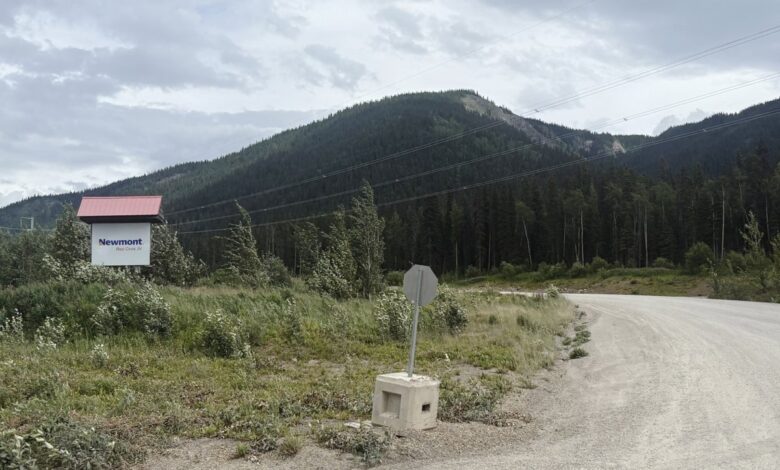How lessons can be learned from B.C.’s Red Chris mine to help future rescues


A rescuer who has experienced the relief that comes with successfully freeing people trapped underground said lessons from a rescue operation at British Columbia’s Red Chris mine can help teams across the country. Mine operator Newmont Corp.
A rescuer who has experienced the relief that comes with successfully freeing people trapped underground said lessons from a rescue operation at British Columbia’s Red Chris mine can help teams across the country.
Mine operator Newmont Corp. has promised an investigation into the factors that led to the rockfall that trapped three workers underground for more than 60 hours before they were rescued late Thursday.
Danny Taillefer, deputy chief mine rescue officer at Ontario Mine Rescue, said it’s common for reports that detail such rescues to be made public for anyone who wants to read them.
“Even a successful rescue has its ups and downs. There’s definitely always stuff that you could do better. So why not allow others to learn from your mistakes and make sure that the next one goes off even smoother?” he said in an interview on Friday.
“At the end of the day, we care about miners. We care about the people going underground to make a living for their family, regardless of where you’re from, whether it be another province in this country or another country altogether.”
Taillefer said he was following the B.C. rescue closely from Ontario and is relieved the three contractors were brought above ground safely. The men moved to a steel refuge station more than 280 meters below the surface after the first rockfall on Tuesday and their communication was severed during the second rockfall.
Taillefer was involved in the 2021 rescue of 39 miners at Vale’s Totten mine in Sudbury, Ont., where the workers survived being trapped almost a kilometre underground for four days.
He said while rescues are underway it feels like “you’ve got the weight of the world on your shoulders” and that’s followed by the relief that comes with success.
“When (rescuers at Totten) finally got to see that last gentleman that got to the surface hug his wife, and know that he’s going home to his kids after he gets checked out by the medical professionals, it’s an extreme amount of relief,” he said.
The three contractors in B.C. were trapped by what the company described as “localized” rock falls.
The mine is mostly an open-pit operation, but Newmont has said development of underground block-cave mining began in 2019, four years after the mine’s first production date.
Bernard Wessels, global safety chief for Newmont Corp., told a news conference Friday that open-pit mining operations had resumed at Red Chris but the underground work will remain paused until the investigation is complete.
“Newmont will do an extensive inspection and investigation into this incident, and ultimately we will share the results of this incident so that we can learn from that.
“But it’s not a common thing, and it’s not a common thing for this operation,” he said of the significant rockfall.
Mines Minster Jagrup Brar issued a statement saying his ministry’s chief inspector had also begun an investigation, the results of which would be made public.
The company has said no prior fall-of-ground events had occurred in the tunnel where the men became trapped, which had been subjected to routine inspections.
Still, Wessels said fall-of-ground incidents are a risk across the mining industry.
“It’s even one of our fatality risks in Newmont that we’ve got controls and measures to do,” he said.
“That’s why we’ve got standards and protocols that we put in place.”
Dwayne Tannant, a professor of geotechnical engineering at the University of B.C.’s Okanagan campus, said safety in mining “comes down to a culture.”
“It’s the people that create the safe environment and I think we do have a very safety-conscious culture, surface and underground, actually,” he said in an interview that took place before the workers were rescued later Thursday.
Tannant said the industry must stick to that culture as mining expands in B.C. and beyond, particularly as the electrification of the economy spurs demand for critical minerals and metals, such as copper.
“Will there be more falls of ground? Probably. Will they occur in an operating section of a tunnel like we’ve just seen? That’s less likely to occur,” he said.
— With files from Brenna Owen
This report by The Canadian Press was first published July 25, 2025.
Ashley Joannou, The Canadian Press




